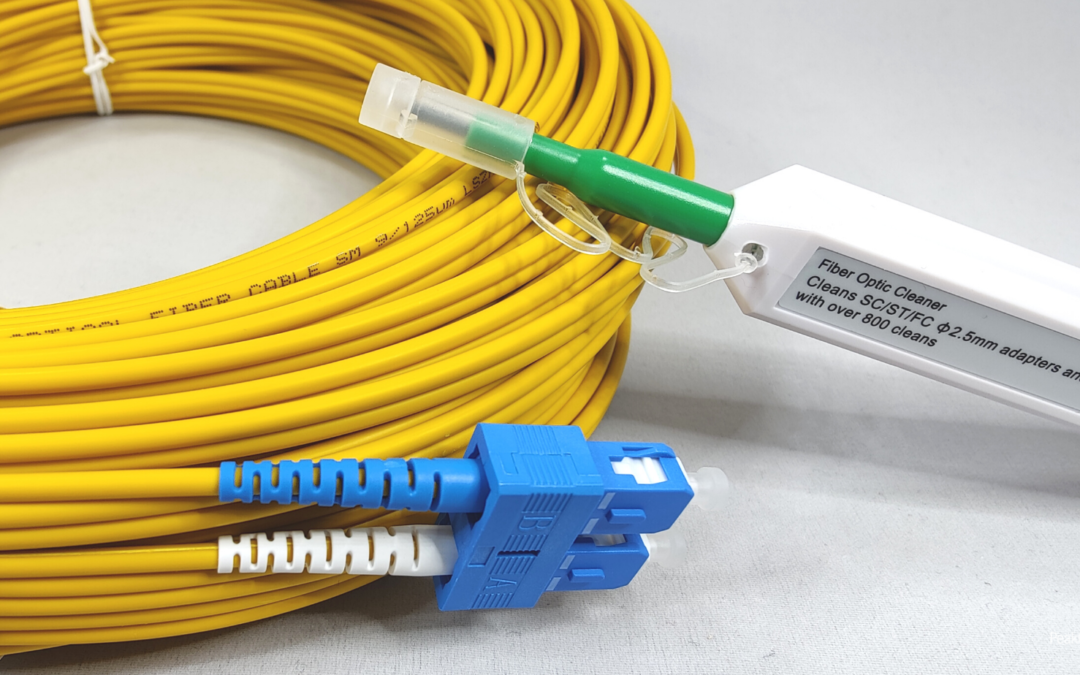Maintaining your fiber optics clean has been and still is one of the best methods to keep your network infrastructure’s costs low. While it is a delicate procedure that requires attention to detail, cleaning the fiber devices is important and can make the difference between a smooth-running fiber solution and a lagging and often breaking system that can leave a whole business legless, without its information. If a proper cleaning procedure is followed, it will save you time and money in the long run, by sustaining the life of your network and allowing for fewer changes. Here are 3 steps to clean your fiber optics:
Remove the connectors and place them in a proper container
Fiber optic connectors are collecting quite a lot of dust because they are insulators. Particles of dust will continuously gather in the small cavities, until they become serious problems for your system if not cleaned properly.
For your preterminated fiber optic cable, use the powder-free surgical gloves and deposit the connector cover into a proper housing unit to avoid other kinds of debris coming in contact with it. Make sure that you do not leave the opened ends on any surface. In this way, cleaning the optical surface will not become too difficult to handle.
Use a lens tissue to swab the dust particles
A professional cleaning needs to be done under a fiber microscope. It’s really hard to notice the smallest specs in the fiber ends with the open eye, so a fiber microscope is advisable.
If you are using an air pressure cleaner, make sure you are not tilting the can, as it contains a liquid that can contaminate the ends. A better method to do this is to simply put isopropyl alcohol on a lens tissue. The lens tissue will ensure that you are not leaving any kinds of lint in the fiber.
Run the loose end on the lens from the wet portion to the dry portion. Typically, this is done three times, but you can always do it as many times as you think is appropriate. You can inspect the end to see if the debris has been collected after this.
Cover the end as fast as possible
Make sure that, after checking if the cable is clean under the microscope, you put the cover over the ends to avoid further contamination. Should the cable be still dirty after step number two, you can repeat it using the same technique, but with a new lens. Connect the fiber optic cable quickly if you need to use it.
Following these three steps will allow you to keep your fiber optics clean without much investment. Small dust particles can slow down the propelling of information and the proper running of your system. Using these steps will ensure a long ROI and life for your fiber optic solution.


